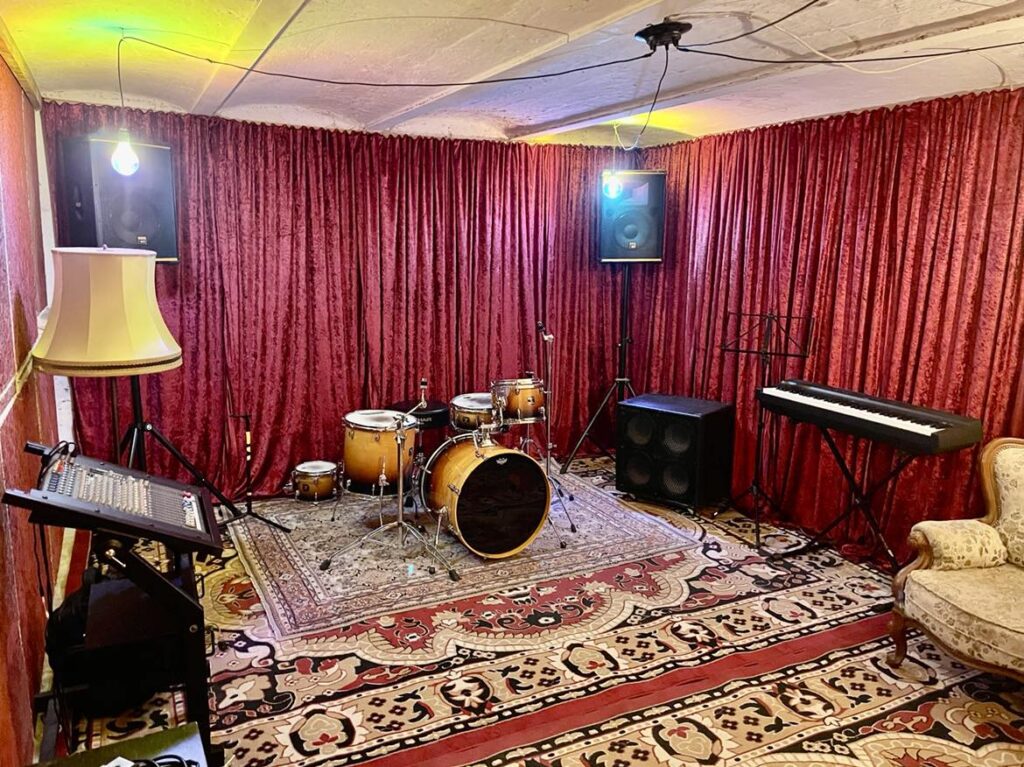Have you ever ever noticed elegant stone countertops in the kitchen or highly machined metal parts in automobile engines? Nowadays, all of the parts that require high finishing and precise cutting are created with waterjet slicing technology.
Due to the unmatchable benefits it provides, waterjet slicing is among the most prominent chopping technology used in the fabrication industry. This will not be only limited to metal fabrication however even applies to other sectors as well.
This makes professionals wonder what are the benefits of water jet reducing that make the process better than different alternatives. Additionally, there is a common question- ‘Can I take advantage of waterjet chopping technology for my next project?’
All these doubts and more will be answered within the information provided in this article. Let us dive into the primary question first:
If we have been to say that the waterjet slicing process is best than some other cutting methodology, it wouldn’t be an exaggeration or an overstatement. Listed below are a number of the benefits that the waterjet cutting process has to offer:
1. Superior Edge Quality
One of many main reasons that professionals select waterjet reducing is because of the edge quality it provides. Waterjet slicing is achieved by hitting a very narrow beam of water on the workpiece. Due to this fact, there are no metal cutters grinding against our object. This leads to a clean finishing and a superior edge quality.
2. Environment friendly
Many individuals don’t know this about waterjet slicing- you can cut a number of layers of material at the similar time by placing them on top of each other. This process is called stacking and it makes waterjet reducing more efficient than another reducing method.
As an illustration, within the period of time it would take to cut one layer of stone slab for a kitchen, you possibly can lower six layers on a waterjet cutter. Therefore, the cost and time could be almost one-third, making the process very environment friendly and economical.
3. No Thickness Limitation
Traditional slicing strategies have a limitation on the thickness of material that you may cut. However, in waterjet cutting, there are no such limitations. You’d be stunned to know that in particular mining applications, waterjet cutting is used to chop one hundred feet of fabric thickness. Check our dedicated article for more information on how thick can a waterjet cut.
4. Better Accuracy, Low Cutting Tolerances
Cutting tolerance is the shift within the position of the slicing process from the supposed cut. In easy phrases, slicing tolerance dictates how accurate (or how inaccurate) the chopping process is. The lower the tolerance, the higher the reducing accuracy.
Waterjet chopping has one of many lowest tolerances out there. A major reason for this is that the reducing action is achieved by way of a really slim beam of water. Another essential reason is that waterjet cutting is a cold chopping process, so no melting away of supplies takes place.
5. Multiple Cut Shapes
With waterjet reducing, you aren’t limited to chopping in straight lines. You’ll be able to create a number of lower shapes within the workpiece in addition to the standard straight-line cuts. Good waterjet cutters like those provided by Techniwaterjet even come with a range of complementary software with a variety of totally different preloaded reduce shapes.
6. Multi-axis Cutting
Besides offering completely different minimize shapes, waterjet slicing can also be a multi-axis chopping method. With a great waterjet cutter, you can lower in 5 completely different axes. This helps in creating intricate parts akin to small components of engines. 5-axis waterjet slicing is superior to the conventional 3-axis technologies attributable to a number of benefits like flexibility, chopping speed, and less manual labor required.
7. No Heat Affected Zones
As mentioned earlier, waterjet reducing is a cold slicing technique, so there is no temperature rise in the reducing points. With temperature rise, the formation of heat-affected zones takes place where the characteristics of the material at the minimize location change significantly.
8. Constant Tooling
With waterjet cutting, you don’t need to vary your tooling if you insert a new workpiece or perhaps a new material. With a new workpiece of the same material, you don’t even need to change any settings. For new materials, you possibly can adjust the settings with the software itself.
9. Materials Integrity
Since waterjet cutting creates no heat-affected zone, it preserves the integrity of the fabric all through the workpiece. The physical and chemical characteristics of the workpiece material will be the same at the reduce location as it is elsewhere.
10. No Secondary Finishing Requirement
Waterjet chopping leaves no seen stains on the material and has a high finishing. Therefore, you don’t want any secondary finishing for the workpiece.
11. Environmentally Pleasant
Waterjet cutting follows a closed-loop process the place all the water that you use for the reducing is recycled within the process itself. The metal that’s minimize is strained via the water and sold as scrap. Due to this fact, it is a really environmentally friendly process.
12. Range of Supported Materials
Waterjet cutters can lower through virtually any materials, literally. This is quite a singular benefit of waterjet cutting. A lot of the different chopping methods apply to slicing only metals. However, waterjet chopping can reduce via even wood, glass, or any other material.
